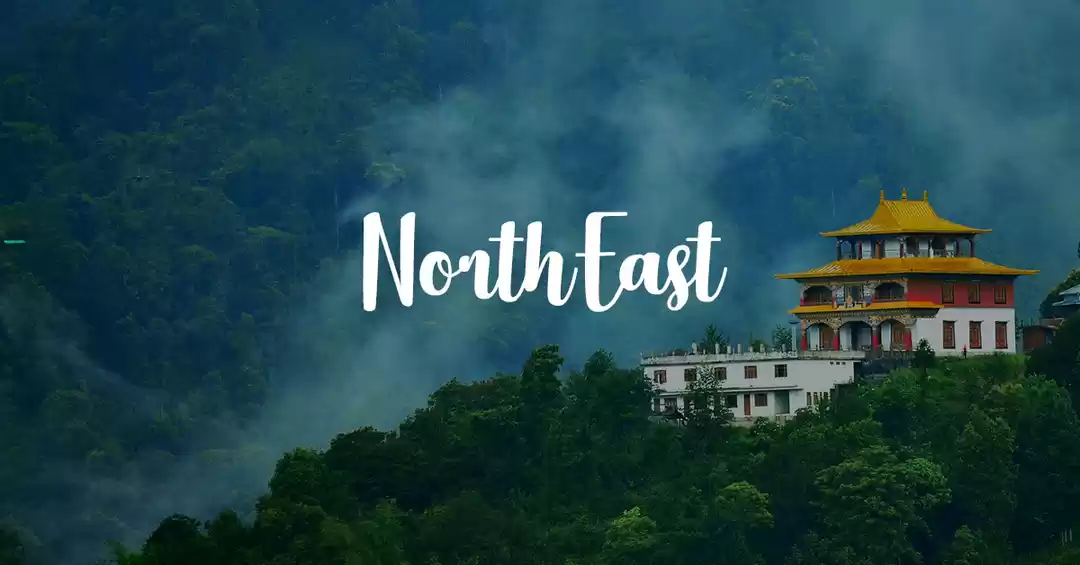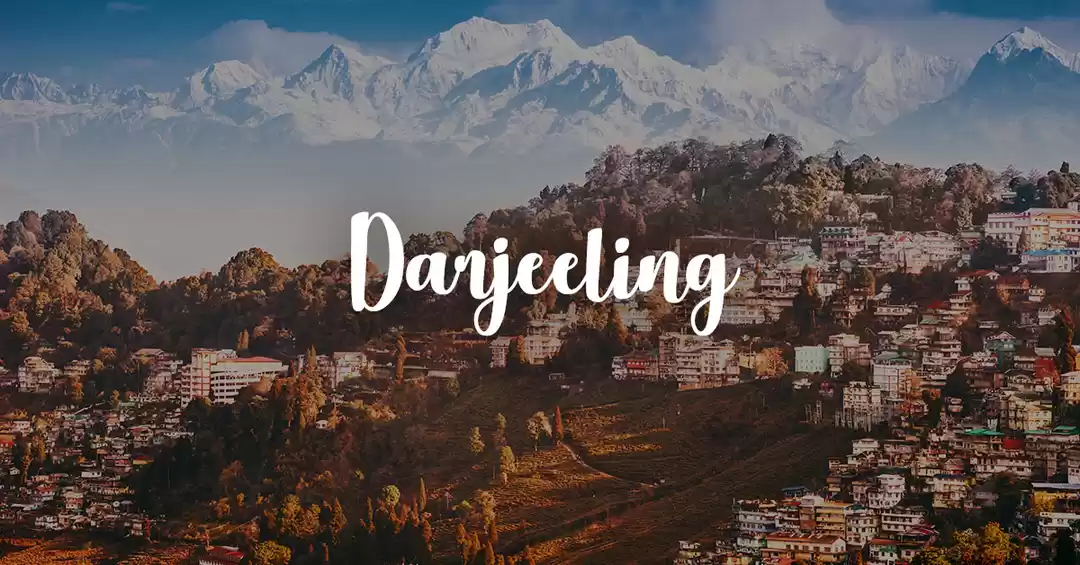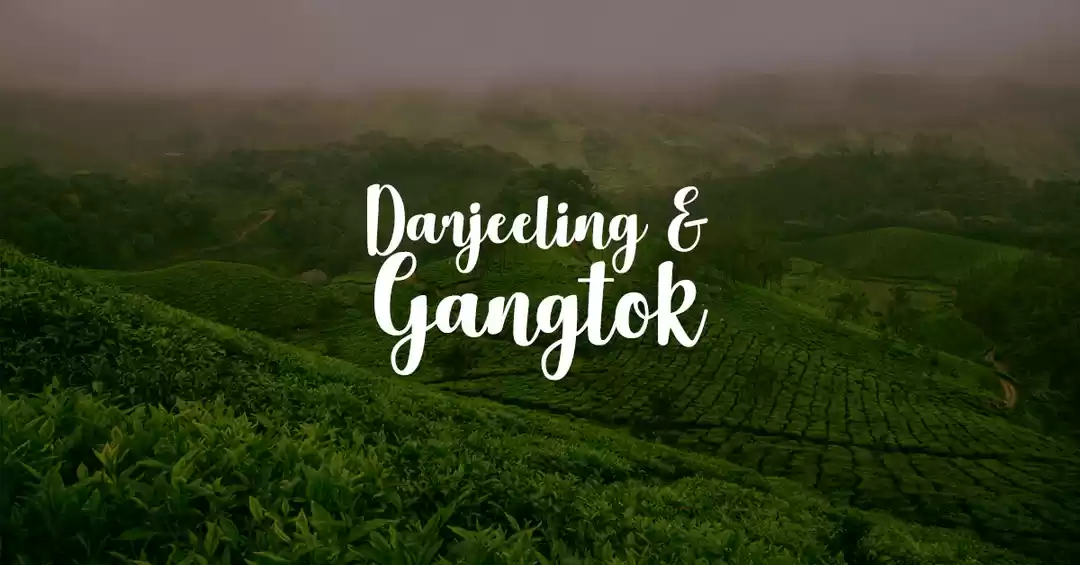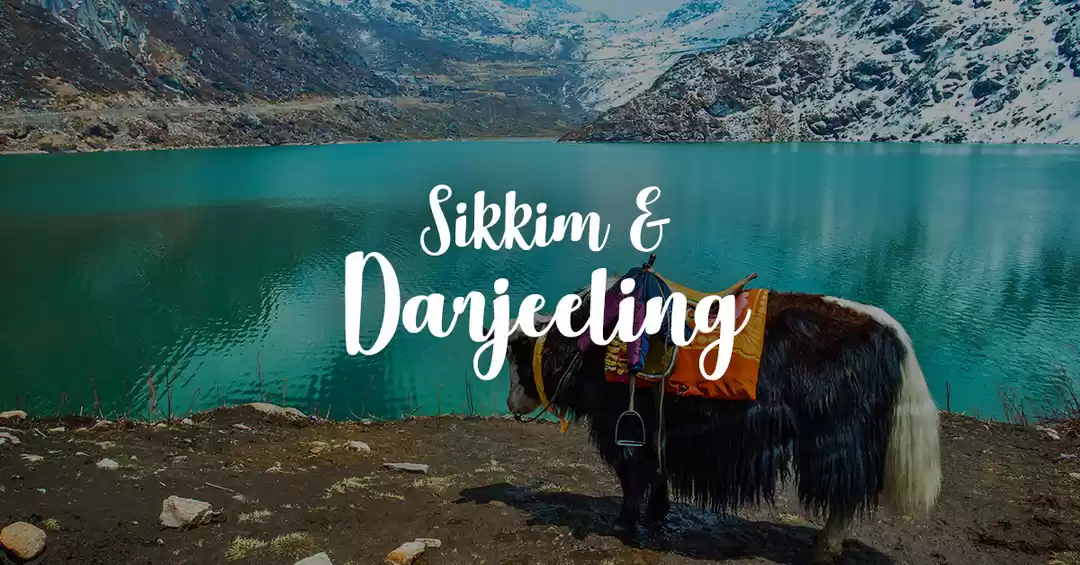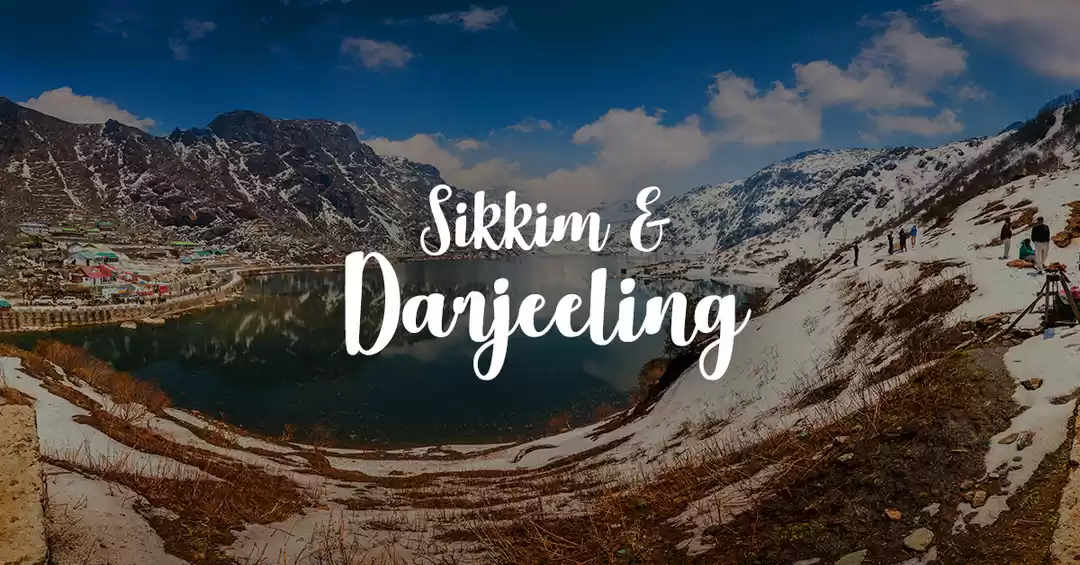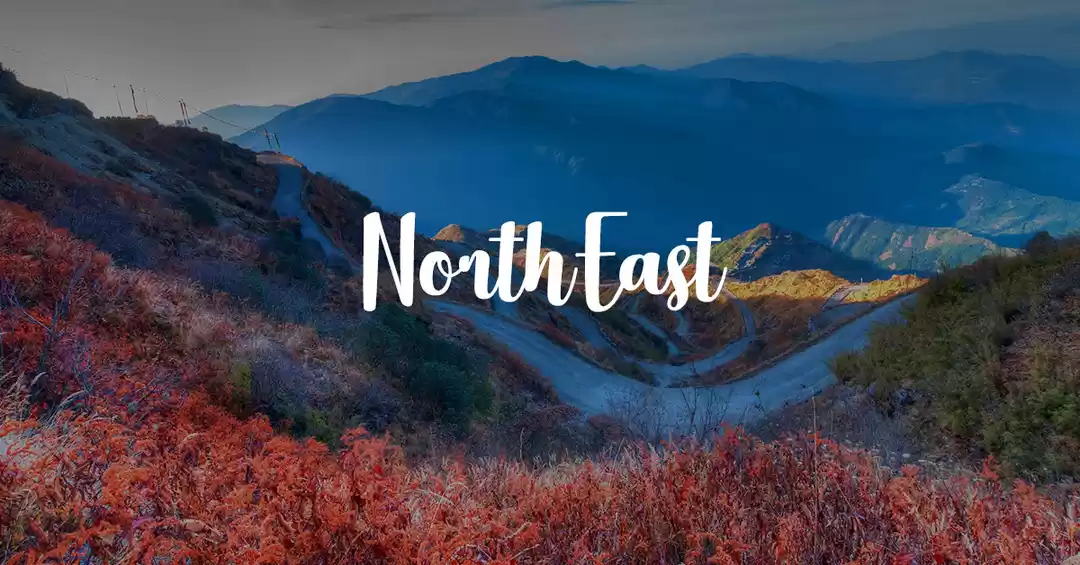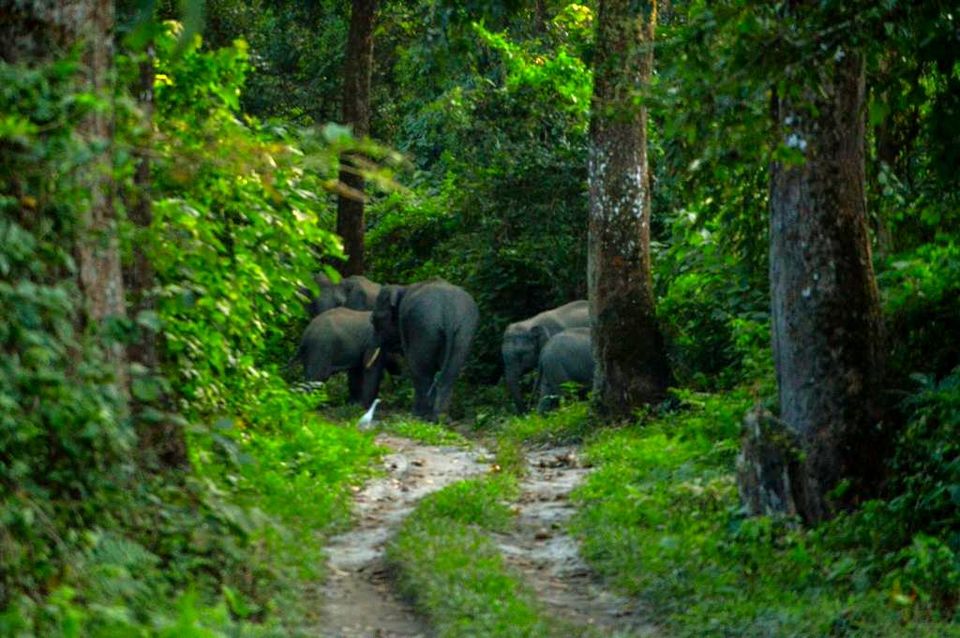
Having visited and explored some of the popular and not so popular forests in Dooars, for me the Chilapata forest is the most hypnotic and the ultimate destination to go to without an iota of doubt. It is only 20Kms away from the town of Alipurduar and Hasimara is the nearest railway station.
Chilapata forest is an extension of the Jaldapara National park and river Torsha separates the two. Mainly Khair, Sal, Tik along with shrubs and bushes paint the forest extremely dense and in parts, even sunlight finds it difficult to penetrate. The Chilapata range forms a natural elephant corridor between Jaldapara National Park and Buxa Tiger Reserve and is a home for Elephants, Leopards, Indian Gaur (Bison), different breeds of deer, etc. Different amphibians and snakes live in harmony with some of the beautiful birds like Hornbill, Peacock, Fowl, Partridge, etc. There lived a huge number of Rhinos in the past but due to excessive poaching and killing, sighting this highly endangered mammal is almost impossible now.
The forest is comparatively much smaller in terms of area than some of the other known forests in and around Dooars but the habitats in there breathe in plenty and therefore the chance of sighting some of the beasts of the wilderness is higher.
Until recently, people have started coming to the Chilapata forest and It is slowly gaining popularity among tourists. Earlier, it was notoriously infamous for bandits that lived in and stroke a reign of terror in the region.
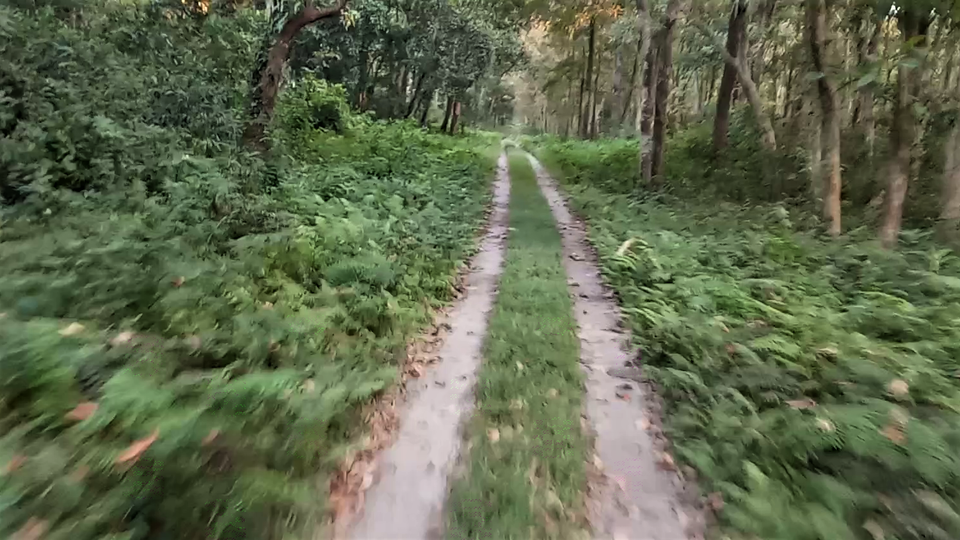
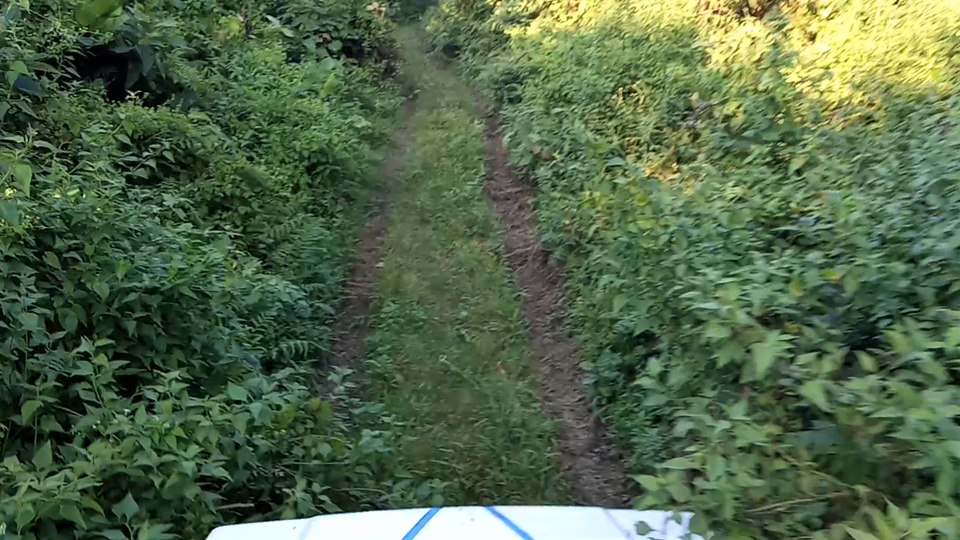
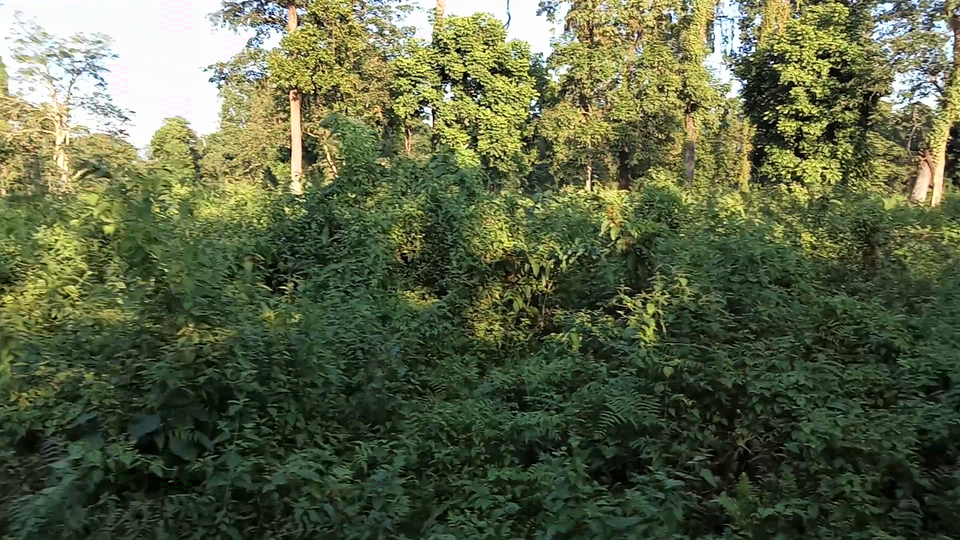
Safaris in Chilapata Forest:
Elephant Safari:
There is only one elephant owned by the West Bengal Forest Development Corporation Limited (WBFDCL) and elephant rides can be done every morning, 6 days a week (except Thursday). It costs roughly 1000 Indian Rupees for one person and the safari lasts for one hour. One elephant can carry 4 adults and a mahout. Elephant safari is one of a kind experience as because it can take one to the core area of the forest and in parts where automobile fails to venture into.
Jeep Safari:
Jeep safari is a great alternative too and offers an astonishingly thrilling experience. It comes for approximately 2500 Indian Rupees and goes on for a little more than 2 hours. A group of five adults can fit in easily in one jeep. For the evening jeep safari, an additional attraction of tribal dance by the indigenous Rava tribe can be experienced, post the safari. The safari covers mainly two ranges namely the Kodal Basti range and the Chilapata range and both of these are thickly dense, embracing many known and unknown flora and fauna.
My Personal Experience of the Jeep Safari of Chilapata Forest:
On a pleasant afternoon on 2nd November 2019, having toured Phuentsholing for a couple of hours, we, a family of 5 went in for the jeep safari in Chilapata Forest at around 3.30 pm. We had our safari tickets booked earlier in the morning from the safari point and we found only a few safari jeeps were there to set out for the expedition. It took about 5 minutes to bifurcate into the forest trail from the main road and within minutes we found ourselves amidst the dense Kodal Basti range. The jeep trail is often bewildering and disappears every now and then. It would take a skilled, proficient driver and a 4/4 automobile in top-notch condition to get into the dense thicket, often driving through thick bushes and shrubs. As we moved deeper inside, the forest appeared to be thicker and unforgiving. A few alert calls by a fowl and a few peacocks were heard as we proceeded and the uncanny silence of the forest felt more and more dismaying. This is to be noted that our guide and the driver were two brave hearts and they refused to go along with the other jeeps and took a different route instead. We were the only group in that beat trail and had the forest all to ourselves.
We were only 10 minutes through the safari and noticed a back of an elephant on the track from a distance. The jeep went ahead further and stopped. It was confounding to see an elephant in the wild with all its grace, standing a few yards away. The feeling of intruding the kingdom of the solitary colossus king was breathtaking but in seconds we realised that the elephant was not alone but with a herd. A few more came out and stood by and blocked the path completely. At this point, we could see half a dozen of them playing with each other. Out came a few baby elephants too and this was when our guide looked worried and whispered into my ears that elephants become savagely fierce and destroy anything that might spell a threat towards the calves. He instructed our driver to take the jeep backward but it was impossible to drive in reverse as the forest was dense. There was also not enough space to maneuver the vehicle and turn around to go back the way we came in. We were in the middle of nowhere, trapped by a herd of ferocious elephants and no help could be sought out whatsoever. The guide and the driver discussed between themselves and the only possible way out that they could come up with was to charge the herd cautiously, hoping the elephants would move away from the path to make ways for us to drive through. Easier said than done. The driver drove the jeep back and forth a couple of times, revved the engine to draw their attention but the elephants were unwilling to lose their grounds. This mental agony went on for minutes and finally the herd decided to move aside. The baby elephants were the first to retreat, followed by their older generation and lastly, the tusker supposedly the leader, made a shrill trumpet sound and freed us from the conundrum.
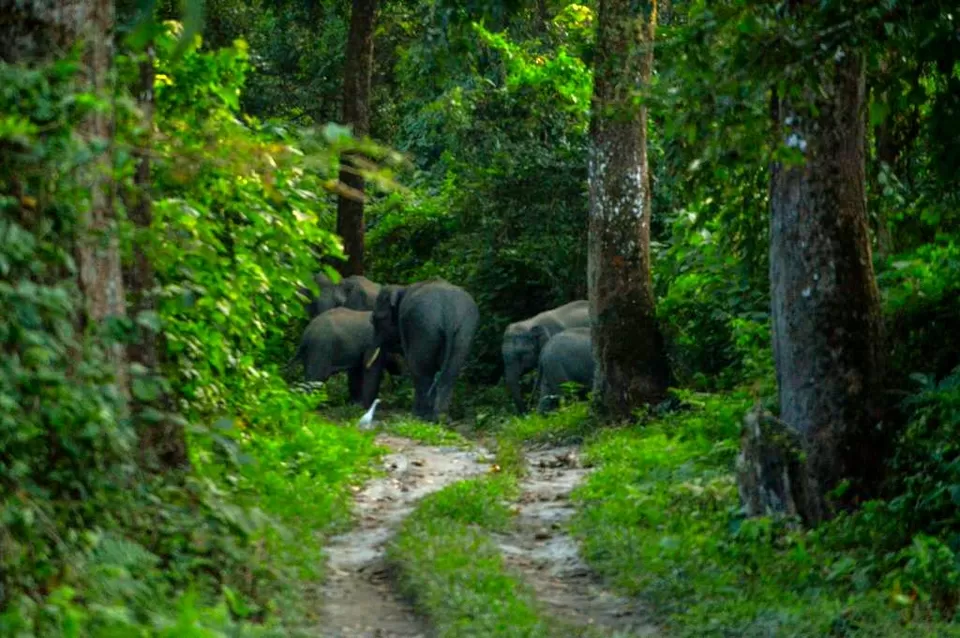
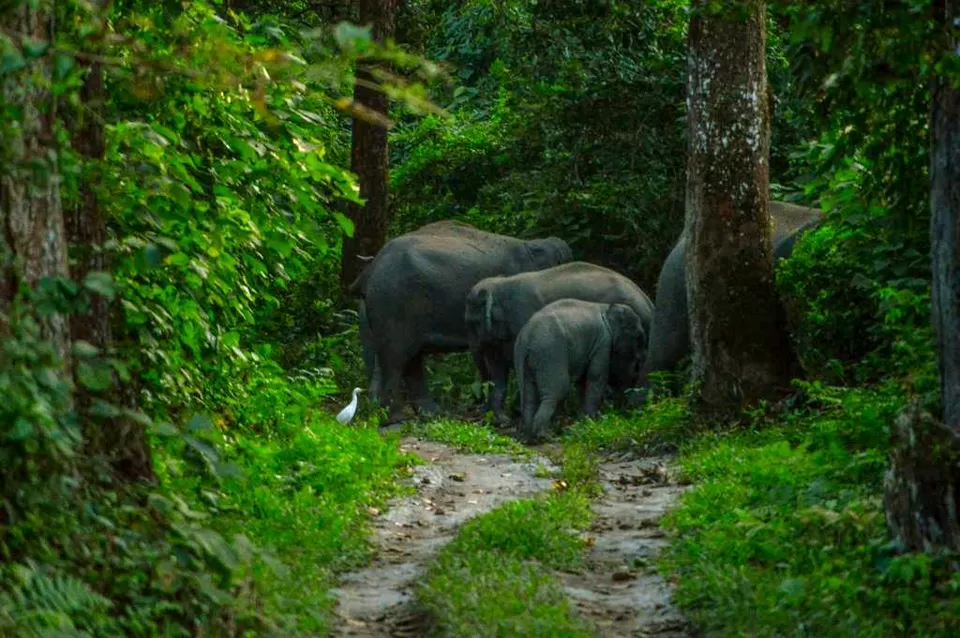
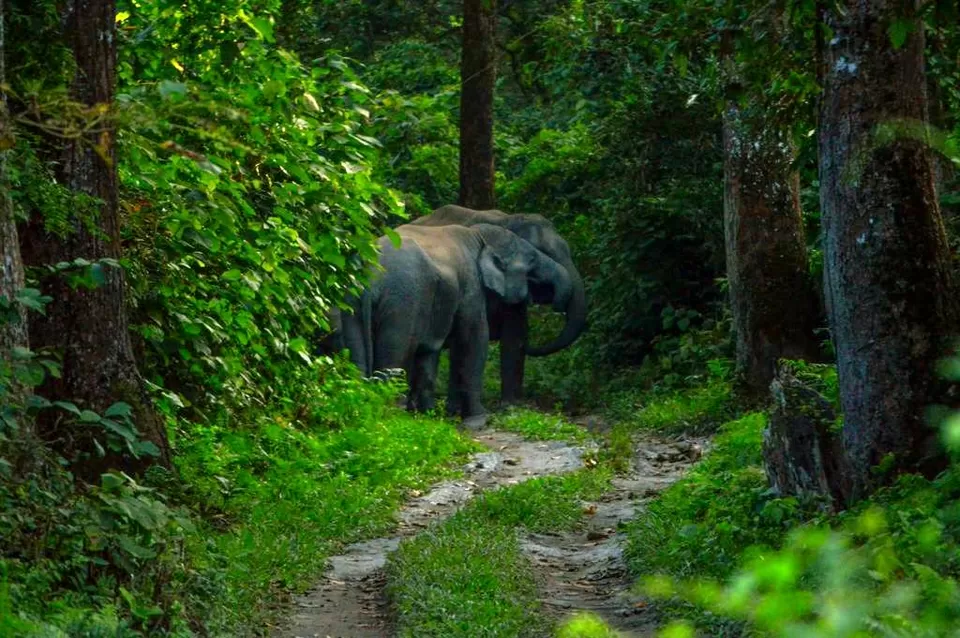
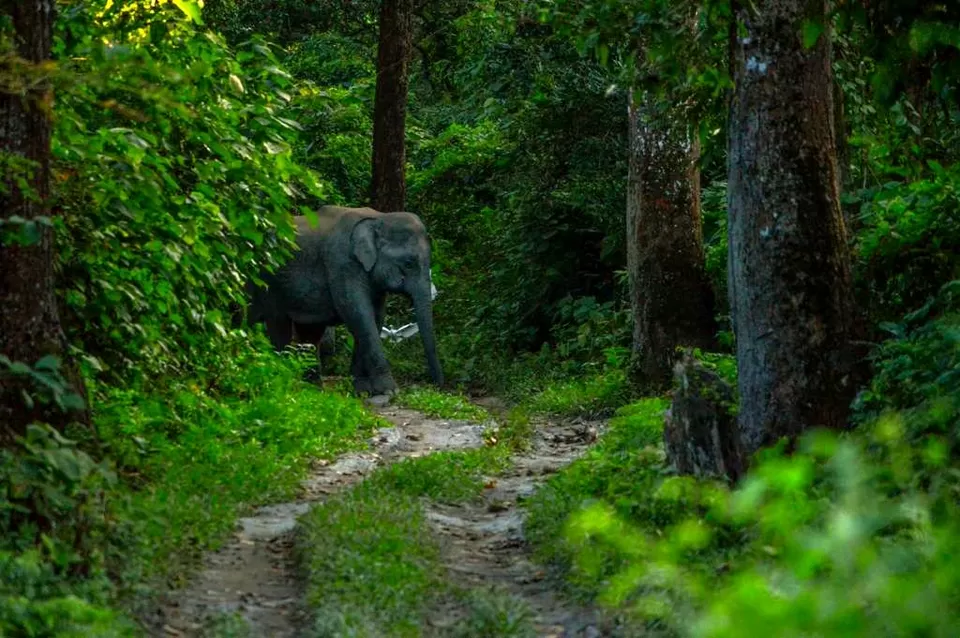
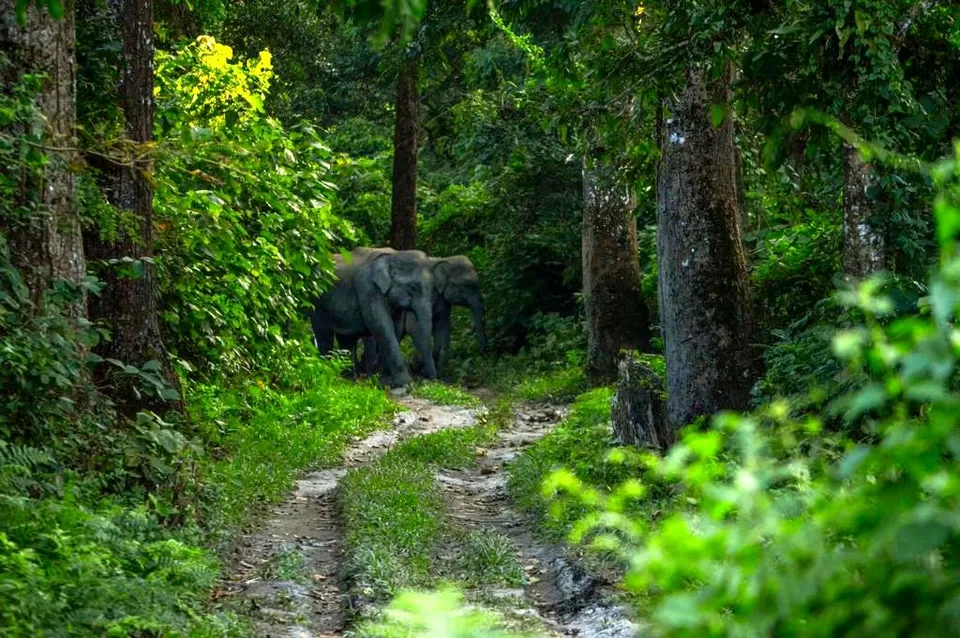
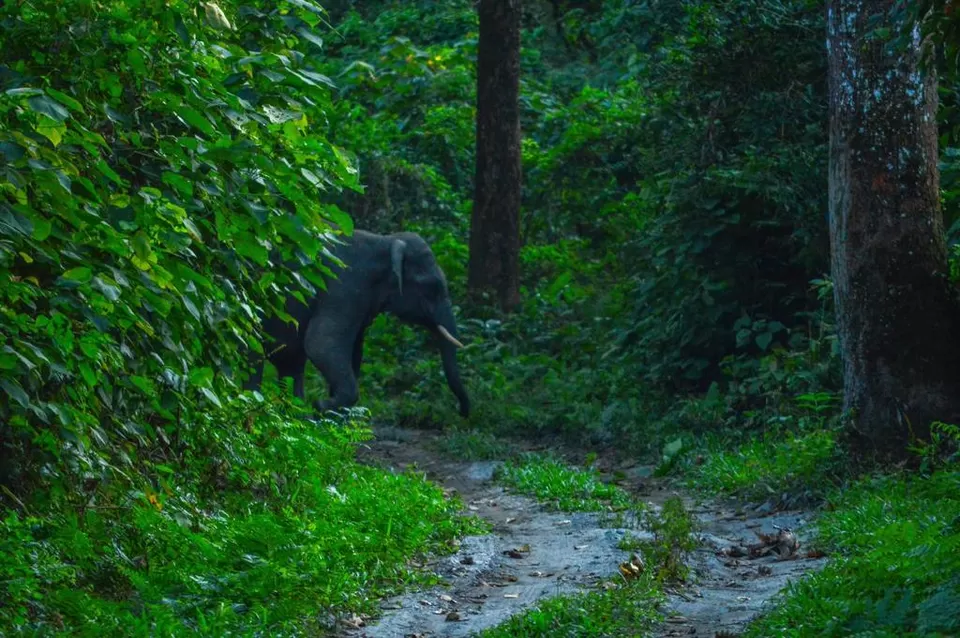
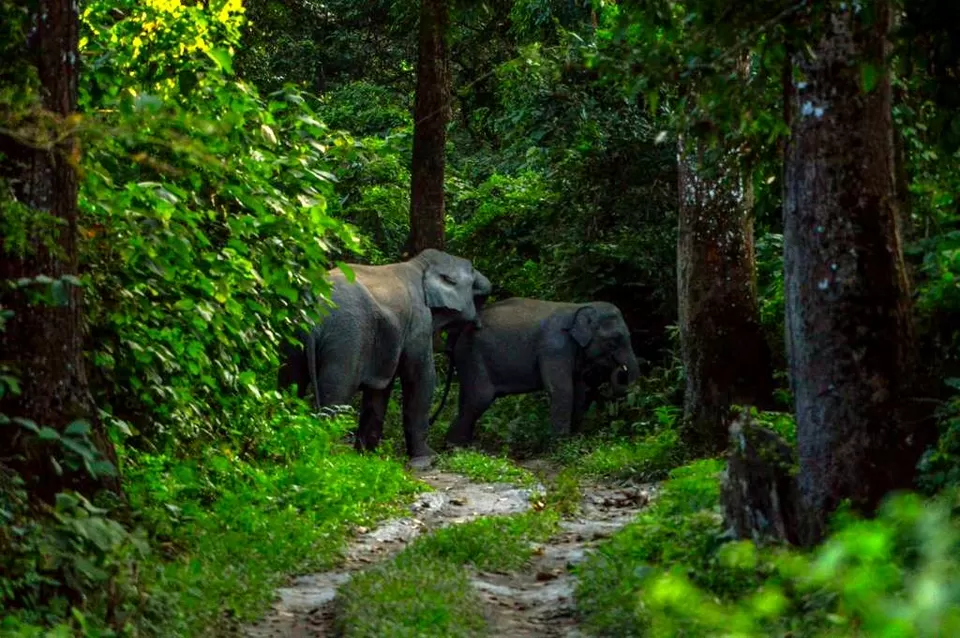
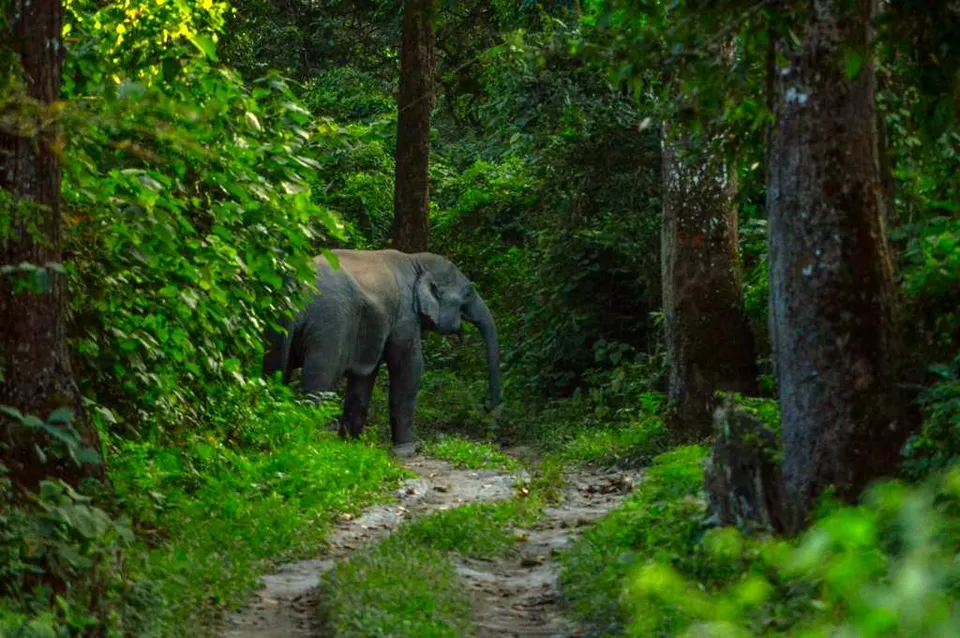
We hurriedly drove past the herd and the safari continued its course. We spotted a lone Indain gaur and two sambar deers. We took a hiatus in the forest near a watch tower where we met the forest ranger and his officials and they advised us to abandon the place as the evening was falling fast. We hopped onto the jeep and continued admiring the forest even more as it looked deadlier in darkness.
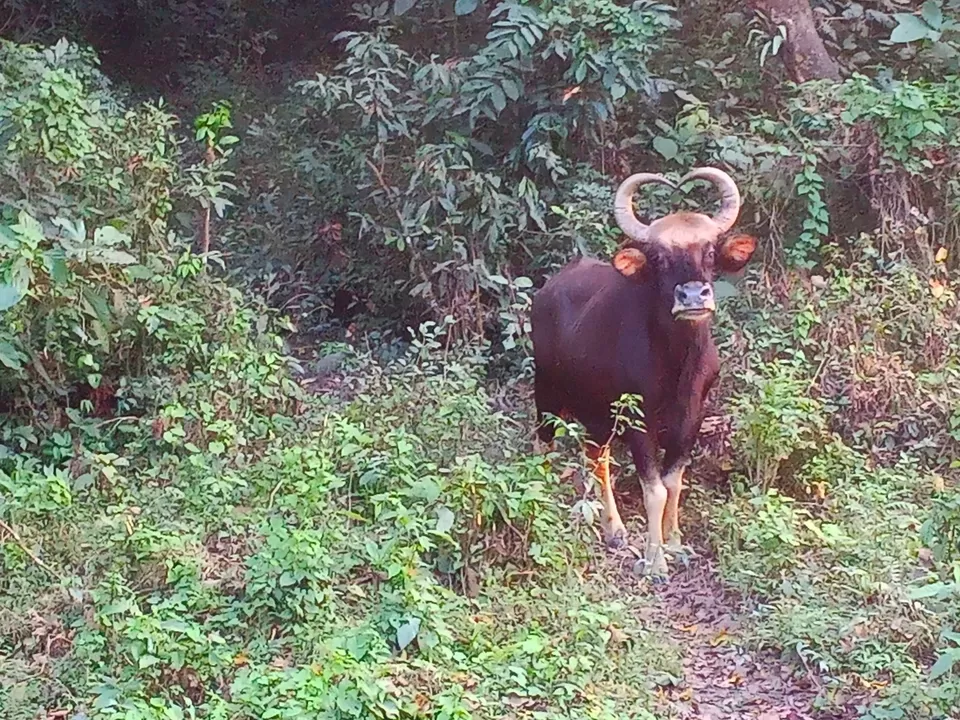
It was almost 5.30 in the evening and we reached the pitch road. The jeep was now at a decent speed, on its way to the safari point to terminate the day's journey and we all were intrigued in discussing our encounter with the herd of elephants and what could possibly have gone wrong. Suddenly, three elephants came out of nowhere and almost bumped into our jeep. The driver dodged them at the last moment and saved us from a sudden death. In 100 yards another surprise was awaiting us and our jeep had to stop. We saw another group of elephants in the middle of the pitch road, blocking vehicles from both sides to pass by. By then, it was completely dark and we could not understand the number of elephants the herd consisted of. But it was definitely a stronger herd in number than the previous herd we met inside the forest. There was a big herd of elephants in front of us which we could see with the help of the jeep's headlight and we knew at least three elephants were there behind us which we somehow managed to get away from minutes ago. Luckily, the elephants started disappearing into the forest having been pestered by continuous honking and flashing of headlights. This extra ordinary safari finally came to an end and all our worries were put to rest when we were greeted by the local Rava people who welcomed us with tea, followed by a traditional tribal dance performance.
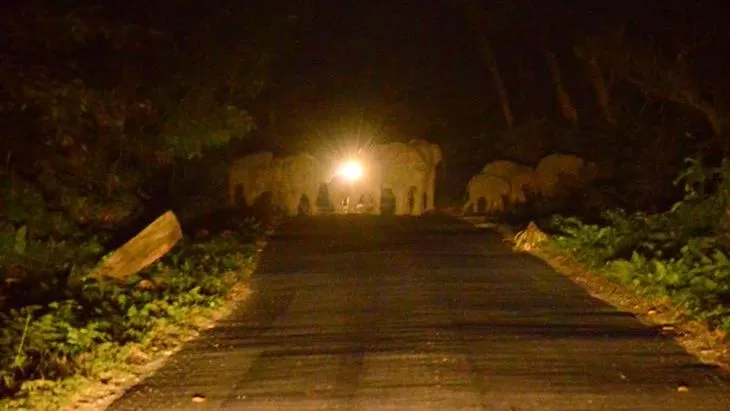
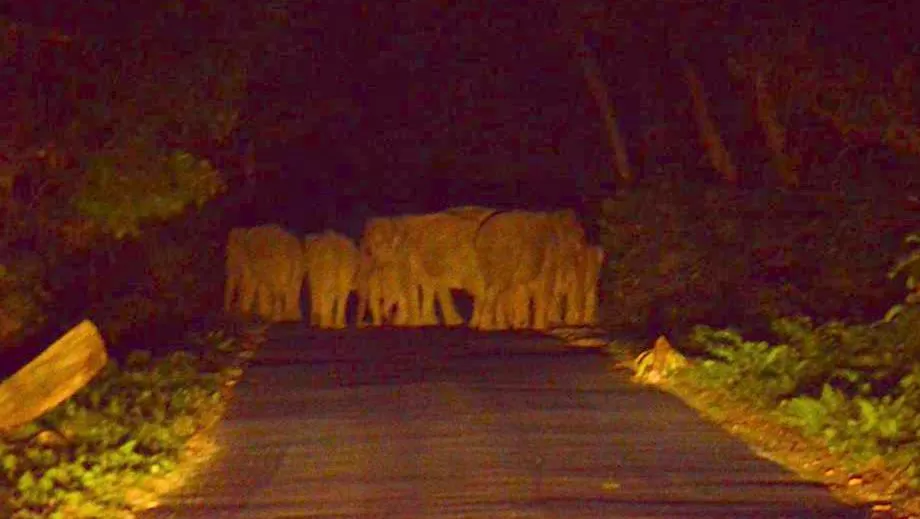
How to reach:
The nearest railway station Hasimara is only 6 Kms away from the safari point and Kanchankanya express from Sealdah, Kolkata stops there. Alternatively, Alipurduar is a junction railway station with wider connectivity and it is only 20 Kms away. Shared jeeps and taxis can be hired to reach Chilapata Forest.
Bagdogra is the nearest airport. Private taxis can be hired. It would be a 3 hour journey through picturesque tea-gardens and thickets.
Where to stay:
Malangi tourist lodge, run by WBFDCL offers a decent facility for tourists and is at a stone throw distance from the safari point.
https://wbfdc.net/
Mendabari Jungle Camp, run by WBSFDA is for those who want to stay inside the jungle and experience wilderness from the comfort of the bedroom. They have two large rooms along with a dormitory. The caretaker does the arrangements for meals, snacks and sundries and leaves the property at 7PM, only to return the following day. The boarders are on their own for the night and advised not go out of the camp under any circumstances.
https://wbsfda.org/Ecocenter/EcoCenterDetails
There are many private hotels and home-stays in Chilapata, offering bed and bath with basic facilities.



